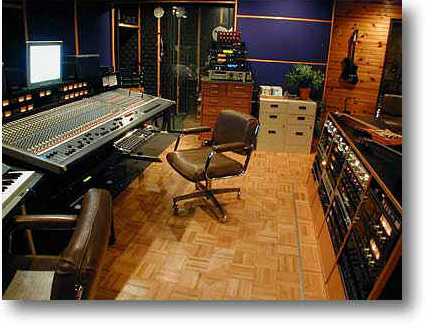Whether you’re on your laptop running freeware or laying down tracks on a $75,000 digital rig, take a few tips on computer-based recording.
1. Clean and mean
Make sure your instrument gets into the DAW (digital audio workstation) as cleanly as possible. That means stepping back and taking a critical look at your signal path. Do you need to have that tuner inline? How many pedals are you using — can you lose any? Are your DI’s good and are they grounded? Are you using fresh batteries? Examine your recording chain and remove any unnecessary items.
2. Cable Man
Instrument cables are a top priority when recording. Are yours ten-year-old drawer busters or are they of a good quality? Spend a few bucks to make sure you have good ones. There are many excellent manufacturers, including Solid Cables, Monster, Mogami, and Planet Waves. Remember to keep your cables as short as possible — 15’ should be your absolute longest. Check the connections occasionally, and don’t forget to make sure the jacket is then screwed back in tightly. Reserve some cables for recording and have a separate batch for your live rig, since the ones in your gig bag tend to take a beating.
3. Seeing Red
Pushing VU meters into the red was acceptable on analog tape-based rigs, since hitting the tape hard lent some natural compression. But it’s important when recording digitally not to clip your signal on input. If you see the meters lighting up red, back off! While it’s good to get a hot signal, don’t overload or you’ll pay the price on mixdown. Remember, as long as it’s clean you can always boost it afterwards; either directly (with the fader) or with plug-ins and outboard gear such as a compressor or limiter.
4. Tune!
It shouldn’t have to be said, but you’d be surprised how many people don’t take the time to tune up before tracking each pass. You may nail that one-in-a-thousand take, but if your G string was flat … well, you can bet the listeners will hear it. Headstock tuners (the type that clips on) are perfect for constant retuning in the studio without adding any noise into your signal path.
5. Is it in yet?
Getting your guitar signal into a DAW requires some type of computer interface. Among the most popular routing options:
a) Plug into a guitar-amp simulator, then run the simulator out to the interface (or to a mixer that’s connected to the interface)
b) Mic an amp, and send the mics through the interface
c) Plug into a mic preamp and send the preamp through the interface
d) Plug directly into an interface that has a built-in preamp
If the preamp, mixer, or interface has ¼” Hi-Z inputs built in, that’s great because it helps keep your signal path short and clean. If you’re using a mic preamp or mixer with XLR inputs, you’ll need to turn your guitar‘s ¼” Hi-Z output into a balanced XLR signal so the mic preamp can do its job. The common DI, or direct box (such as those available from Radial, Hughes and Kettner, Behringer), works wonders for that task. Just plug your guitar into the ¼” input jack on the DI and the XLR output will run directly into your mixer or preamp, allowing you the cleanest possible signal.
6. Get on the bus
A very clean and contemporary way to get your instrument into the DAW is by using a USB interface. Products like the M-Audio Fast Track Pro and the small CEntrance AxePort Pro allow you to hook directly into your computer via USB. Now you can skip the whole DI process; just plug into the interface, connect your USB cable, and the signal shows up in your DAW software. No muss, no fuss.
7. Split ’em up
One great way to get maximum flexibility on your recorded tracks is to split the guitar’s signal on the way into the DAW. Using a splitter, or even a pedal with two outputs, you can run one clean signal directly into the computer and one to an amp for miking. Send the signals to separate tracks. Once the two tracks are in the can, you can add a processor/plug-in on the clean channel and blend it with your amp sound for a thicker, nastier tone. And what could be better than that?
